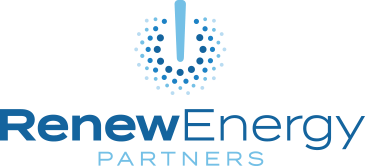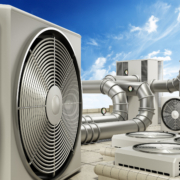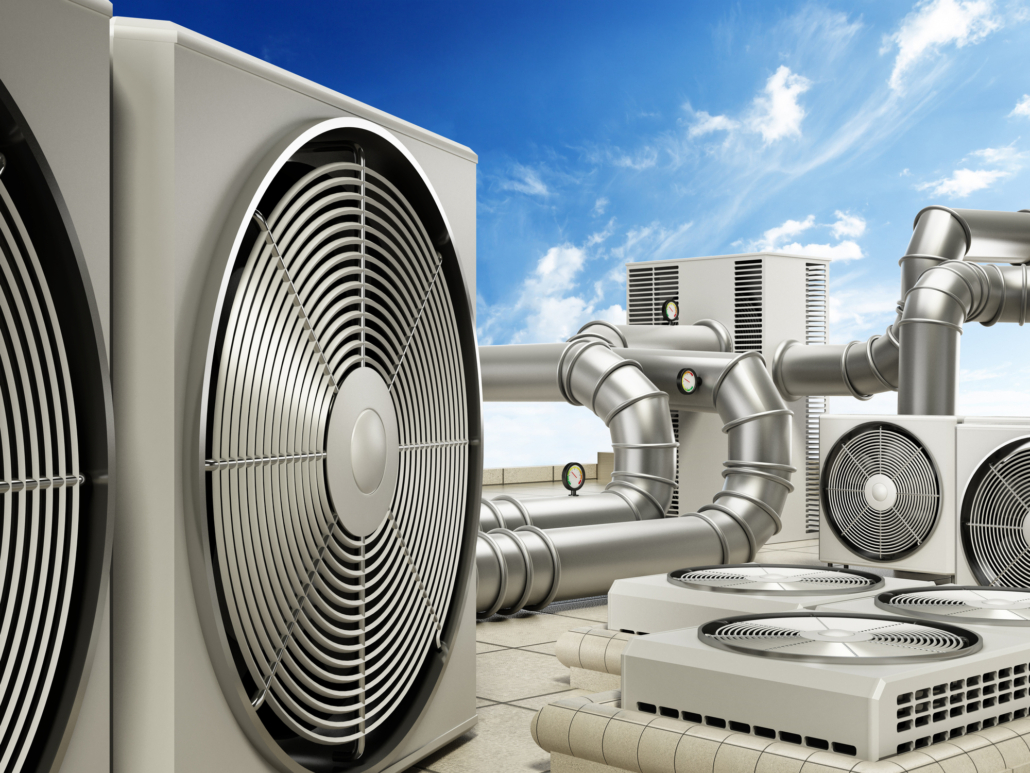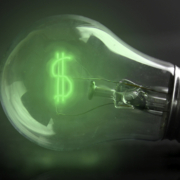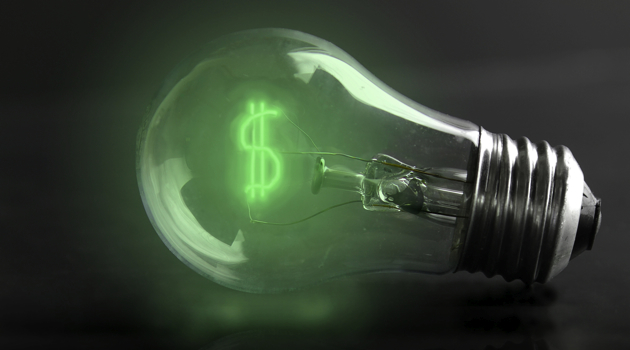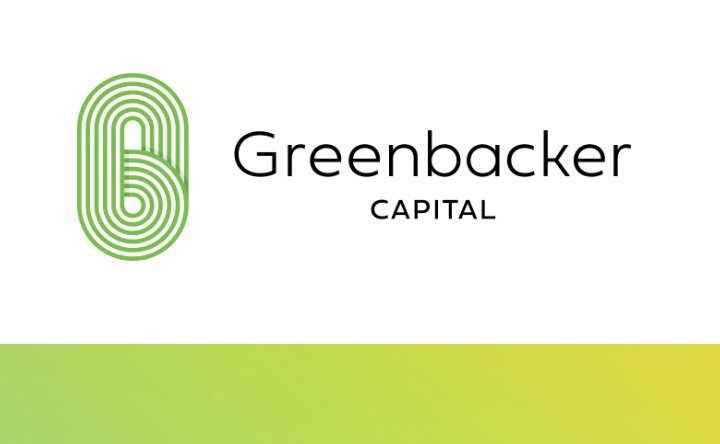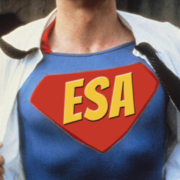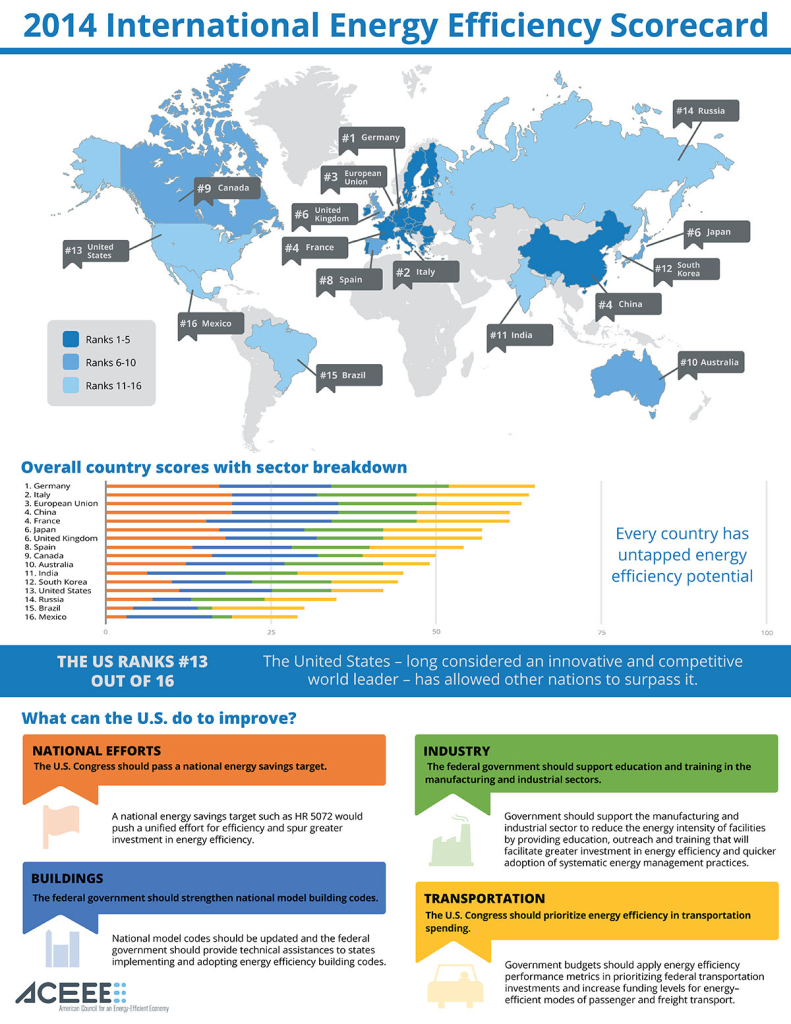Employee Profile: Michael Savage

RENEW’s new Employee Profile blog series will be highlighting our employees that make us great. This month we interviewed our Director of Business Development, Michael Savage.
Q: How long have you worked for RENEW Energy Partners? Why do you choose to work with RENEW?
A: I have been lucky enough to have worked at RENEW for 5 years now. Before RENEW I was working for a New England based solar development company focusing on commercial and industrial solar PV projects. In that time solar was heavily incentivized by the Federal Government and by the States, some of my projects would be 100% paid by incentives even if the project didn’t produce clean energy. However, all those customers still needed the upfront capital to get the project started, after a few years of having amazing opportunities fall short because of financing, I was excited about the prospect of working with RENEW to solve this capital challenge.
Q: What sort of work do you do for the company?
A: I am a project developer and lead our project development team. RENEW’s third party funding of energy assets makes this work very interesting, as one day we may be building a proposal for a large battery storage system and another we may be working with a corporate sustainability team to uncover sustainable solutions across their portfolio.
Q: Where are you from? What is one aspect that you enjoyed about the place that you grew up?
A: I grew up near Smugglers Notch Vermont. What is probably a tourist destination for many, was a wonderful home to me. One thing that I enjoyed, was just being outside, there was always something to do every season.
Q: What activities/hobbies do you enjoy in your daily life? How do you relax?
A: My hobbies right now are quite limited as my wife and I welcomed twins two years ago. I am looking forward to teaching them how to ski next winter. I also love old cars. I have a 78 F-150 and I am an avid Celtics and Patriots fan.
Q: Why is sustainability/decarbonization important to you? How did you get started in this career/field?
A: My passion for sustainability and decarbonization goes to back to my love for winter sports. Growing up in Vermont, from November to April we would be either up on the mountains or snowmobiling the trails. As the winter seasons became shorter, I was being taught about climate change in school and from there on out I became focused on doing something about it. I went to University of Rhode Island to study the environmental and natural resource economics. I received an energy fellowship there and interned for the Rhode Island of Office of Energy and Rhode Island Renewable Energy Fund. I haven’t looked back since.
Q: What sustainability practices have you seen that have surprised and/or excited you?
A: I have been surprised by the municipal level regulations around carbon emissions. New York City’s Local Law 97 was released in 2019 and caries a hefty fine if the building owners do not decarbonize. Then to see cities like Boston copy that law almost verbatim gives me hope that we can transition to a cleaner future.
Q: What are you most excited about for the future of the energy industry?
A: Electric cars are pretty awesome. I am looking forward to getting one or converting my old truck.
We are lucky to be growing our team with exemplary individuals. If you are interested in joining RENEW, you can find our current career opportunities here.
Our upcoming Employee Profile will feature Carter Kupchella, make sure to check it out!
